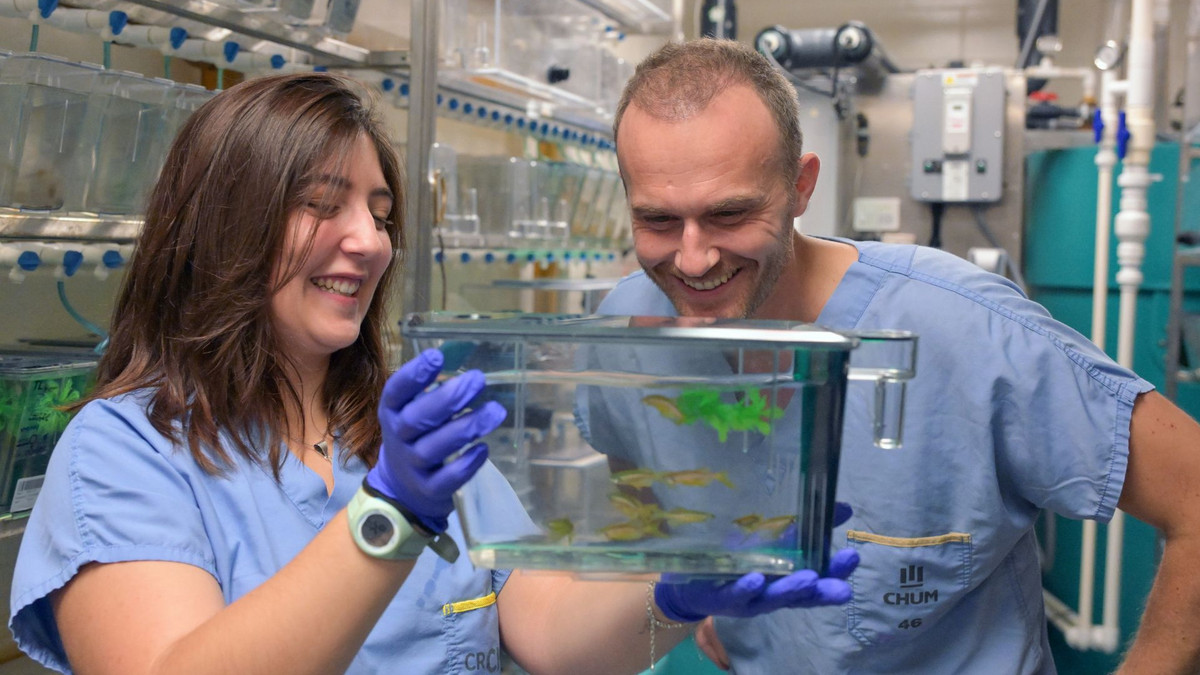This discovery shines a light on potential biological mechanisms behind some late-onset cerebellar ataxias, like CANVAS (Cerebellar Ataxia, Neuropathy, Vestibular Areflexia Syndrome).
This rare disorder, often without a genetic diagnosis, has been linked to gene expansions within the RFC1 gene. These expansions occur when the cellular machinery responsible for copying DNA makes the mistake of adding extra nucleotides in a gene.
It is still unknown how these anomalies can affect the brain and cause specific motor difficulties. However, the recent advances made by Samarut’s team suggest that RFC1’s normal functions may be altered with this syndrome.
“What we’re seeing right now is that the absence of RFC1 prevents cerebellum cells from properly developing,” said Samarut.
“Could such a cerebellum, fragile from birth, lead to motor difficulties much later in life? That’s still to be determined. If this line of thinking was proven, it would clear the way for earlier diagnosis, even before symptoms become manifest.”
Samarut’s team is now working to determine whether RFC1 activity is defective in people with CANVAS and whether it is responsible for the resulting motor difficulties.
